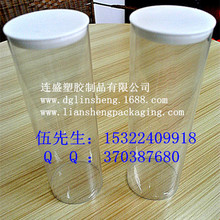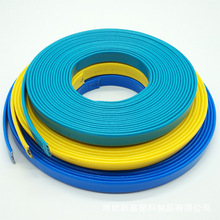"Exceptional" new catalyst cheaply splits hydrogen from seawater
Green hydrogen can't be viewed as environmentally friendly if it drinks huge amounts of fresh water, or results in the bulk output of toxic chlorine, according to RMIT researchers who say they've come up with a cheap technique that does neither.
Research into green hydrogen production is advancing at a rapid rate right now, as countries worldwide jockey to establish themselves in what's expected to become a huge global market for clean fuels. Australia's vast renewable energy potential and export-focused economy place it well to compete at high volumes internationally. But as a continent dominated by desert, it's also critically aware of water shortages and the dangers of shipping the lifeblood of its land overseas. Nine liters (2.4 gal) of fresh water per kilogram (2.2 lb) of hydrogen bodes poorly for bulk production.
Creating green hydrogen from seawater is harder than using fresh water; there's corrosion to think about, as well as lots of impurities and micro-organisms. You need coastal locations close to renewable energy – not a problem for a country as large and relatively empty as Australia, but definitely a factor elsewhere. At some scale you need to think about what you're putting back into the ocean after you've finished – whether you're creating dangerous levels of salinity or pumping high concentrations of toxic chlorine back into the marine environment.
But the benefits are pretty huge; not only is your water supply free when you use seawater, but if that hydrogen is burned or run through a fuel cell locally, fresh water is emitted that can filter through the water table and feed the parched land. Desalinated water is one heck of a bonus.
Hence, there are currently lots of teams working on electrolysis techniques that generate green hydrogen from seawater. Back in December we looked at an efficient Chinese device that uses vapor pressure differentials to spontaneously evaporate pure water out of seawater, and then electrolyzes that. A couple of weeks ago, we highlighted an international team that has found a surface treatment for standard electrolyzers that converts them to run just as well on seawater. And back in 2021, we looked at a very exciting method out of Saudi Arabia that captures not only hydrogen, but saleable quantities of chlorine and battery-grade lithium phosphate, which would address an additional global problem and look like pretty darn good business in the process.
(责任编辑:新闻中心)
- ·New Grok response directs users to Vote.gov for election questions
- ·An Explorer's Guide to Exploration Itself
- ·How to watch 'The Greatest Hits': Release date, streaming deals
- ·Kristin Shaw
- ·Haider all set for Paralympics Ceremony
- ·Swatch adds Webb telescope images to its watch bands
- ·Entire state of South Australia powered solely by solar in a world first
- ·The full sensory experience of eclipse totality, from inside an Audi convertible
- ·[Online Predators] Deepfake pornography haunts S. Korea
- ·Amazon Big Spring Sale laptop deal: Get an Acer Aspire 3 for just $257
- ·采购商+48,英德红茶在泉城济南蹭蹭涨粉
- ·How the State Department wants to use music to change the world.
- ·Best Bluetooth tracker deal: Anker SmartTrack Card 43% off at Amazon
- ·Rival parties' leaders woo voters in capital area ahead of April 10 election
- ·水产品占“四席”!广州南沙十个农产品上榜“国字号”
- ·Meta tests tools to protect teens from sextortion and unwanted nude photos
- ·Trump says America was 'safe' while boasting ties with N. Korean leader Kim
- ·Trump says America was 'safe' while boasting ties with N. Korean leader Kim
- ·9 Planetariums to Get Lost in the Cosmos
- ·汉源县九个景观入围雅安“新八景”候选名单














